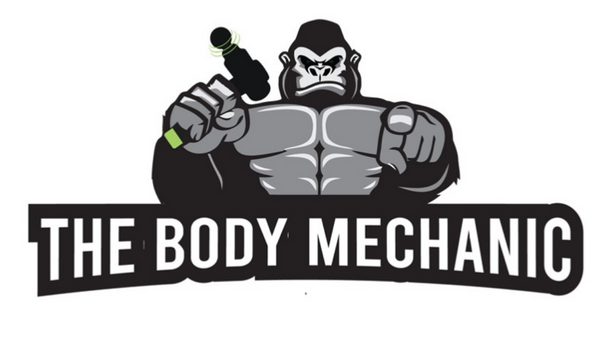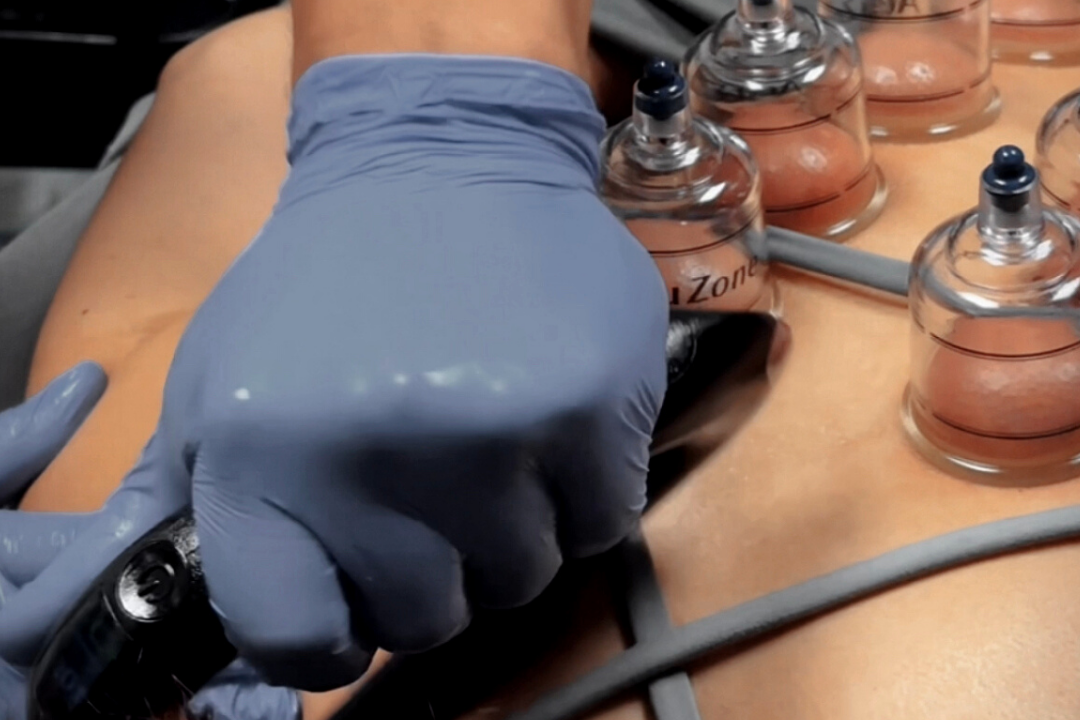Cupping therapy is an ancient healing practice that has gained popularity in recent years due to its potential health benefits. With roots dating back to ancient Egyptian, Chinese, and Middle Eastern cultures, cupping therapy has evolved and adapted to modern healthcare practices. In this blog, we'll explore the history, techniques, potential benefits, and considerations surrounding cupping therapy.
Understanding Cupping Therapy
Cupping therapy involves placing cups on the skin's surface to create a vacuum or suction effect. This suction draws the skin and underlying tissue into the cup, which is believed to stimulate blood flow, reduce muscle tension, and promote healing.
History of Cupping Therapy
Cupping therapy has a rich history spanning thousands of years:
-
Ancient Egypt: Cupping therapy is thought to have originated in ancient Egypt around 1550 B.C. Archaeologists have found evidence of cupping in ancient Egyptian medical texts.
-
Traditional Chinese Medicine (TCM): In TCM, cupping therapy is an integral part of acupuncture and other holistic treatments. It's believed to balance the body's vital energy, known as Qi.
-
Middle East: Cupping therapy has been practiced for centuries in the Middle East, particularly in Islamic medicine. It's mentioned in the Hadith, the collection of sayings and actions of the Prophet Muhammad.
Modern Cupping Techniques
Today, there are two primary methods of cupping therapy:
-
Dry Cupping: In dry cupping, a practitioner creates suction inside the cup using various methods such as heat (fire cupping), mechanical pumps, or silicone cups. The cups are then placed on the skin and left in position for a set period, typically 5-15 minutes.
-
Wet Cupping (Hijama): Wet cupping combines suction with small incisions made on the skin. After dry cupping, the practitioner removes the cup, makes tiny cuts, and reattaches the cup to draw out a small amount of blood. This is believed to remove toxins and promote healing.
Potential Benefits of Cupping Therapy
While scientific research on cupping therapy is ongoing and more rigorous studies are needed, proponents suggest several potential benefits, including:
-
Pain Relief: Cupping therapy may help reduce musculoskeletal pain, such as back pain and neck pain, by promoting blood flow and releasing muscle tension.
-
Improved Circulation: The suction effect of cupping is believed to enhance blood circulation, which can aid in the delivery of nutrients and removal of waste products in the body.
-
Stress Reduction: Many people find cupping therapy to be relaxing and stress-reducing, similar to a deep tissue massage.
-
Detoxification: Advocates claim that cupping can help the body eliminate toxins and improve overall health.
-
Management of Certain Conditions: Cupping therapy is sometimes used to complement treatments for conditions like asthma, migraines, and skin disorders, although it should not be a sole treatment method.
Considerations and Precautions
It's essential to keep the following in mind when considering cupping therapy:
-
Consult a Qualified Practitioner: Seek a trained and licensed practitioner who adheres to proper hygiene and safety standards.
-
Discuss Medical History: Inform the practitioner of any medical conditions or medications you are taking, as cupping may not be suitable for everyone.
-
Potential Side Effects: Cupping can leave temporary marks or bruises on the skin, which typically fade within a few days. These marks are not painful and are considered a normal part of the therapy.
-
Safety: Ensure that the cups are placed correctly to avoid excessive discomfort or injury.
Cupping therapy offers a fascinating blend of ancient wisdom and modern interest in holistic healthcare. While more research is needed to fully understand its mechanisms and benefits, many people continue to find relief and relaxation through this age-old practice. If you're curious about cupping therapy, consult a qualified practitioner to explore its potential advantages in your pursuit of wellness.

